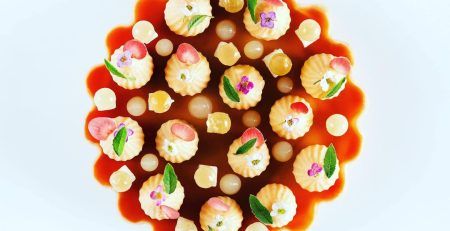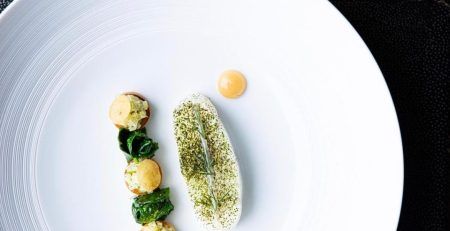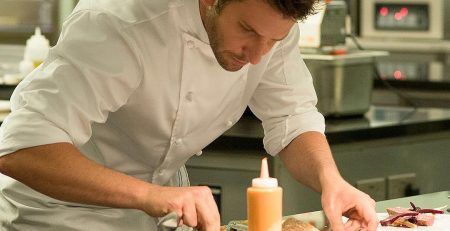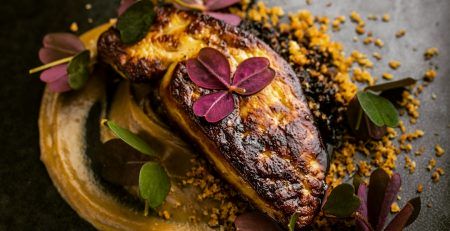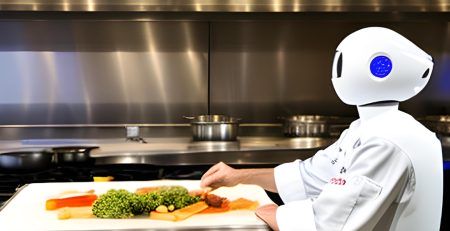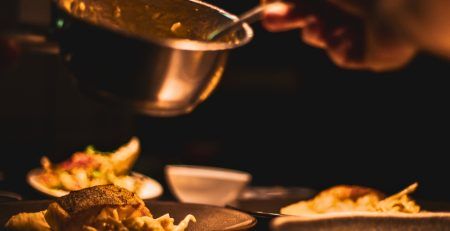Taking the art of food presentation to a new level, culinary trompe l’oeil blurs the lines between reality and illusion in a fun and imaginative way, deriving its name from the French word meaning “to trick the eye.”
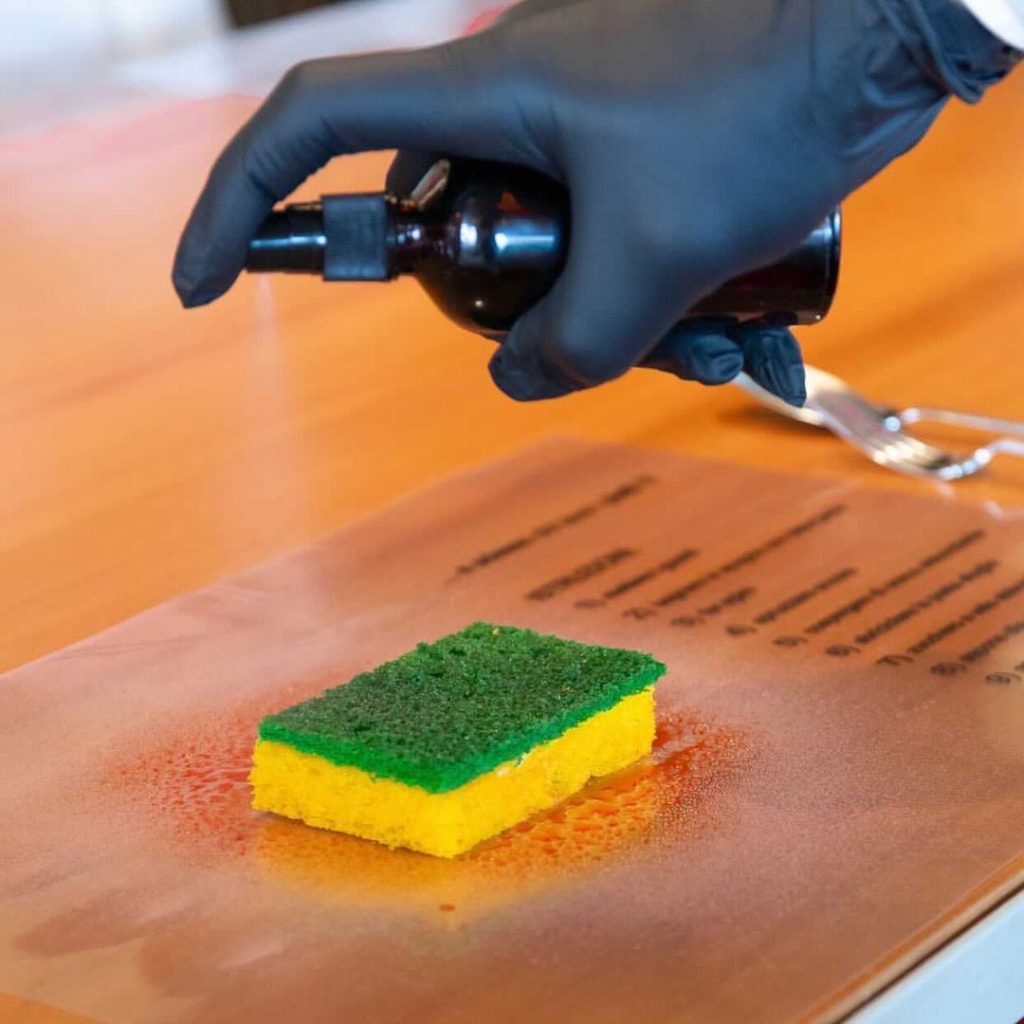
Photo: Instagram @madonnina_del_pescatore_ by @thekingsoftaste
The Beginnings of Culinary Trompe l’Oeil
The concept of trompe l’oeil roots in the art world, with painters and sculptors long employing techniques to create realistic illusions that deceive the viewer’s eye. Yet, this style is more than just visual trickery—it’s about engaging all the senses in an immersive dining experience. From dishes resembling sweet treats to desserts mimicking savory delicacies, the possibilities are limited only by imagination.
A classic example of culinary trompe l’oeil includes the “savory dessert,” where ingredients traditionally associated with spicy foods transform into sweet treats through clever manipulation and presentation. Think of a foie gras parfait disguised as a chocolate truffle or a cheese platter reinvented as a selection of miniature desserts.
The Delight of Deception
What distinguishes culinary trompe l’oeil and makes it an unforgettable experience is surprise and questioning. Encountering the dish challenges preconceived notions and leads to questioning perceptions, encouraging reconsideration of the boundaries of taste and presentation. Whether through unexpected ingredients, playful interpretations of familiar dishes, or imaginative plating techniques, culinary trompe l’oeil offers a feast for the senses and a departure from the ordinary.
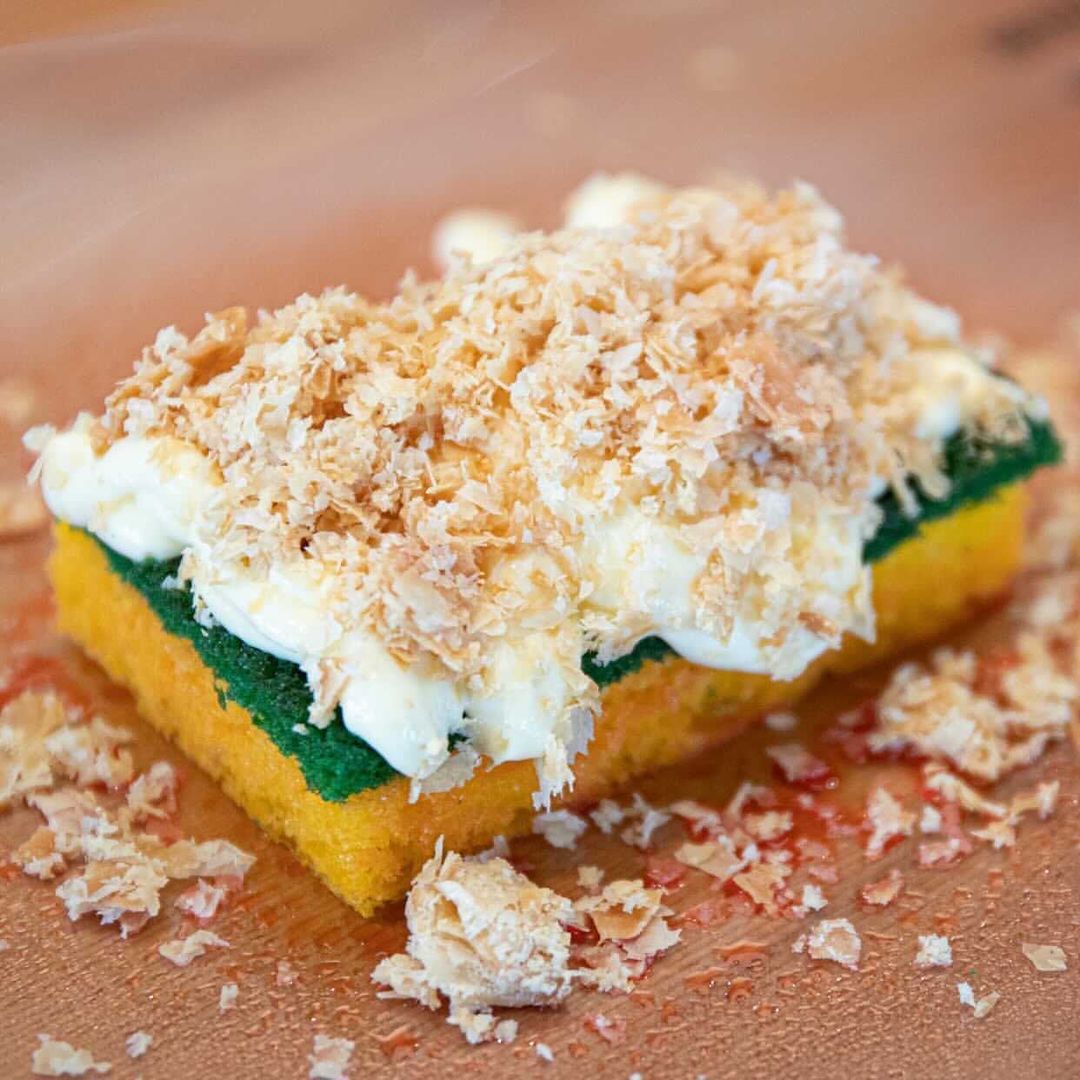
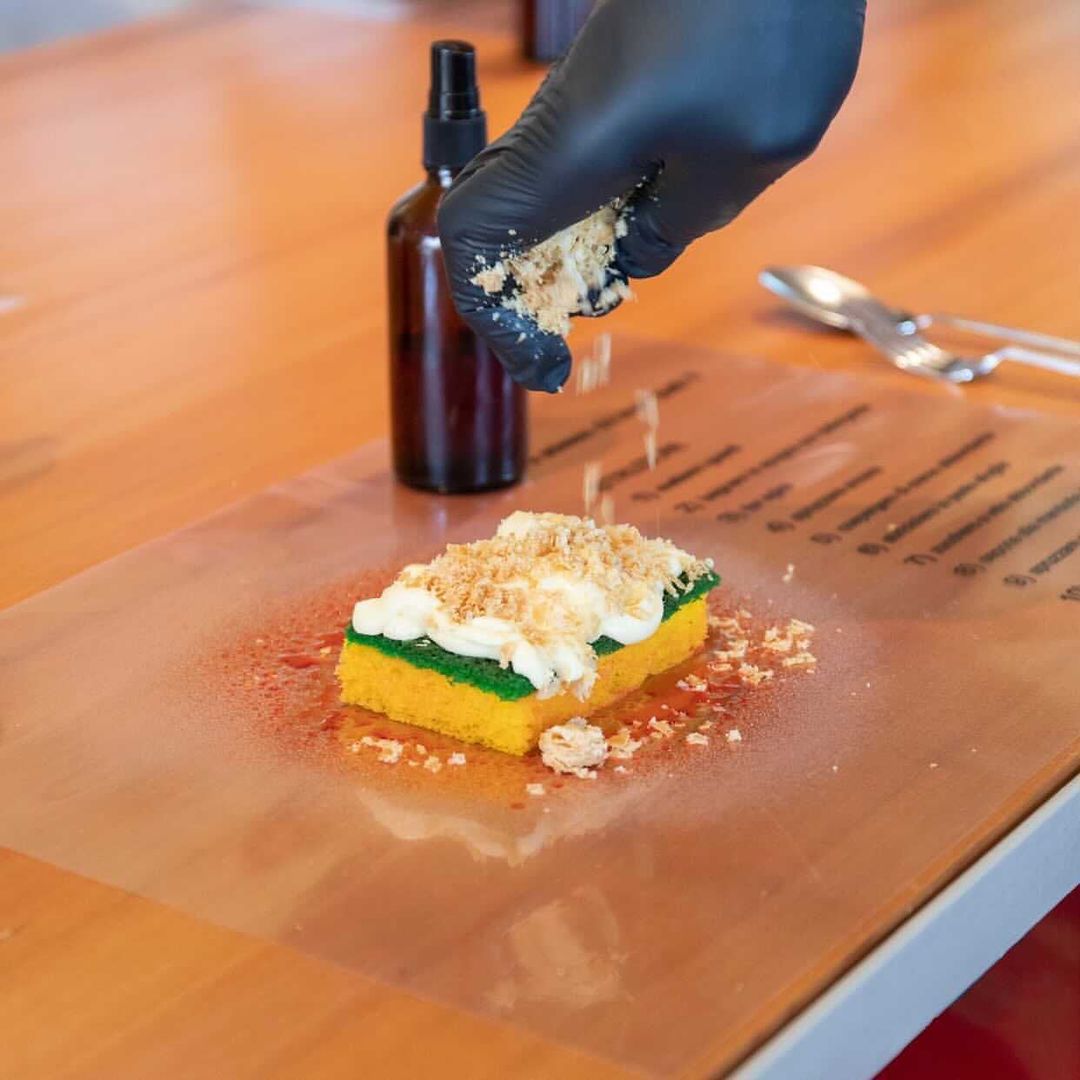
Photo: Instagram @madonnina_del_pescatore_ by @thekingsoftaste
Challenges and Considerations
While offering unlimited creative potential, this style also poses unique challenges for chefs. Achieving the perfect balance between illusion and flavor demands careful planning and execution, along with a deep understanding of flavor profiles and culinary techniques. Additionally, chefs must consider the practicalities of serving visually striking dishes.
Culinary trompe l’oeil represents a fascinating intersection of art and gastronomy, where chefs push the boundaries of creativity, creating dishes that captivate the senses and challenge perception. Whether through optical illusions, unexpected flavor combinations, or playful presentation techniques, culinary trompe l’oeil invites guests on a journey of discovery and delight, where every bite is a feast for both the eyes and the palate.

